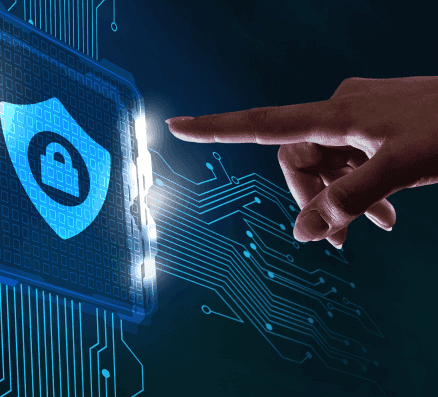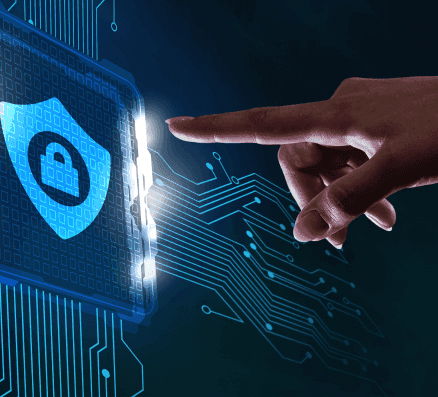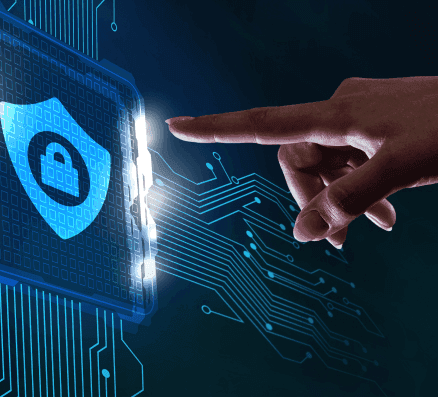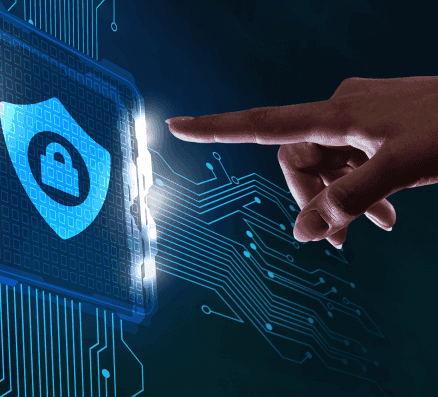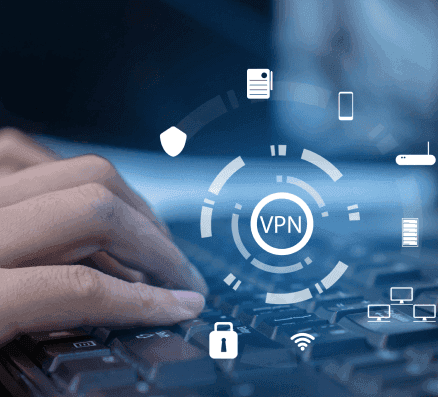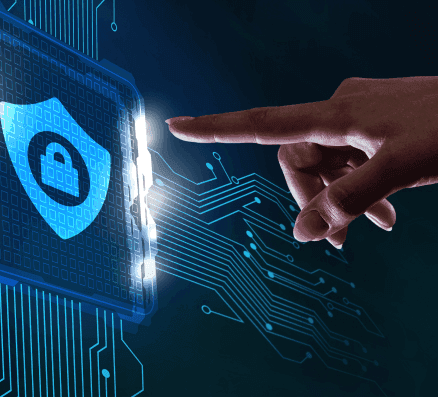Advantages of Tata Tele Business Services

Speak to us today?
Know more about our solutions for the Education Industry.
Share your details and we will call you back.
Got Questions?
Find your answers right here.
Some of the benefits of digital transformation in education include:
- Increased access to education for all: One of the main aims of digital transformation is to make education more accessible and affordable for everyone. This includes providing access to education in rural and remote areas, as well as making education available to those with disabilities.
- Improved quality of education: With the use of new technologies, educators can now deliver higher quality education. For example, by using video conferencing tools, teachers can connect with students in different parts of the world and share their knowledge more effectively.
- Greater collaboration between students and educators: Digitalisation has made it easier for students and teachers to collaborate on projects and assignments. This helps to create a more interactive learning environment and encourages creativity.
- Enhanced security: One of the most important aspects of digital transformation in education is the need to ensure data security. With robust cybersecurity systems in place, education institutions can protect sensitive information and prevent data breaches.
- More affordable education: By using technology to deliver education, education providers can save on costs. This includes costs associated with traditional methods of delivery, such as printed materials and face-to-face teaching.
- Greater flexibility in how and when education is delivered: Technology has made it possible to deliver education in a variety of formats, including online, offline and hybrid models. This gives students and educators greater flexibility in how they access and use education resources.
There are a number of ways in which you can make education more accessible and affordable for everyone. This includes:
- Use of technology: Technology can be used to deliver education in a variety of formats, including online, offline and hybrid models. This gives students and educators greater flexibility in how they access and use education resources.
- Provision of scholarships: Scholarships can help to make education more accessible for those from disadvantaged backgrounds.
- Use of open educational resources: Open educational resources (OERs) are freely available and can be used by anyone. This includes textbooks, lectures, course materials and more.
- Implementation of financial aid programmes: Financial aid programmes can help to make education more affordable for those who cannot afford the full cost of tuition fees.
Digital transformation in education is taking place in a number of ways, including:
- The use of intuitive collaboration tools: Collaboration tools such as Google Docs and Slack are making it easier for students and educators to work together on projects and assignments.
- The use of web conferencing apps: Web conferencing apps such as Skype and Zoom are being used by teachers to connect with students in different parts of the world and share their knowledge more effectively.
- The use of robust cybersecurity systems: With data security becoming increasingly important, education institutions are implementing robust cybersecurity systems to protect sensitive information and prevent data breaches.
- The use of more affordable education models: By using technology to deliver education, education providers can save on costs. This includes costs associated with traditional methods of delivery, such as printed materials and face-to-face teaching.
- The use of hybrid models of education: Hybrid models of education, which combine online and offline elements, are becoming increasingly popular. This allows students to receive a more personalized education that meets their individual needs.
The education sector in India faces a number of challenges, including:
- Inequality in access to education: There is a significant disparity in the quality of education between rural and urban areas. This is due to a lack of resources and infrastructure in rural areas.
- Low quality of education: A large proportion of schools in India do not meet minimum standards set by the government. This results in poor-quality education for students. High dropout rates: Dropout rates are high, especially among girls from disadvantaged backgrounds. This is often due to financial constraints or early marriage.
- Lack of qualified teachers: There is a shortage of qualified teachers, particularly in rural areas. This results in large class sizes and overburdened teachers.
Connect With Us
Please Fill in Your Details and We'll Call You Back!
Please Fill in Your Details and We'll Call You Back!








